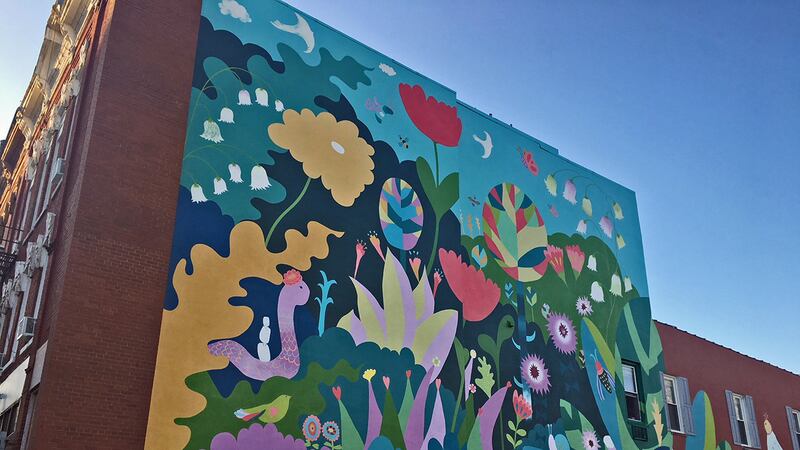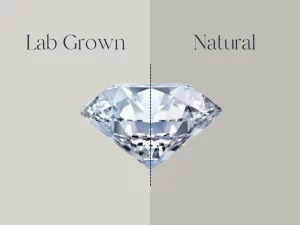The Rise of Art-Driven Real Estate

In today’s high-net-worth circles, real estate is no longer just about square footage and location—it’s about cultural prestige. A growing trend known as art real estate is transforming properties into living galleries, where investment in architecture is paired with the acquisition and display of fine art. This fusion is not only reshaping luxury markets but also redefining how the wealthy live, collect, and preserve their legacies.
At its core, art real estate is about creating spaces that showcase world-class collections while adding financial value to the property itself. Developers are increasingly collaborating with artists, architects, and curators to integrate permanent installations and rotating collections into luxury residences, hotels, and office towers. A penthouse with walls designed for museum-quality lighting or a lobby featuring commissioned sculptures is no longer rare—it is becoming an expectation.
The demand is driven by a new generation of global buyers who view art not just as an aesthetic pleasure, but as a key asset class. For many, real estate is a stable store of value, while art offers diversification and cultural capital. Merging the two allows investors to preserve wealth while enjoying a lifestyle that blends sophistication with tangible appreciation. A property embedded with art is often perceived as a cultural landmark, making it more desirable and defensible in volatile markets.
Developers have noticed. Cities like Miami, Dubai, London, and Hong Kong now boast residential towers curated by world-renowned galleries or featuring entire floors designed around private collections. The trend is not confined to residential real estate; commercial spaces are also embracing the movement. Office buildings that double as art galleries not only attract high-profile tenants but also command premium rents.
For the ultra-wealthy, art real estate also functions as a discreet form of legacy building. Rather than simply housing art in a vault, collectors can integrate their pieces into architectural design, allowing future generations to live among them. This form of cultural continuity ensures that the art is not only preserved but also experienced in its intended context: as part of everyday life.
The rise of art-driven real estate is also changing the investment conversation. Properties with embedded art installations often appreciate faster and command higher resale values than their traditional counterparts. Buyers are not only paying for location and design but for access to cultural prestige—an intangible factor that increasingly shapes market dynamics in the upper echelons of real estate.
As wealth and culture continue to intertwine, art real estate is emerging as one of the most powerful intersections of passion and profit. It is no longer about simply owning a home or a gallery—it is about creating a seamless world where both exist together. For investors, developers, and collectors, this fusion signals a future where the value of property is measured not just in dollars per square foot, but in the depth of its cultural resonance.







